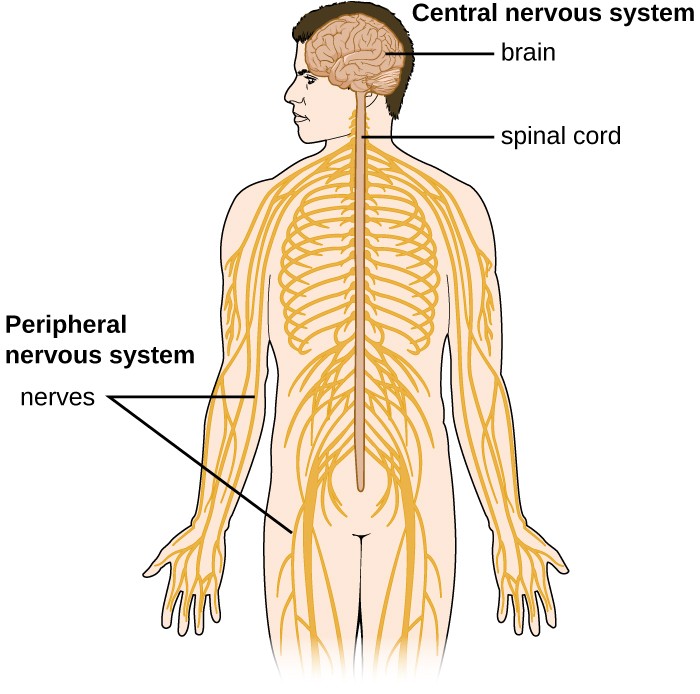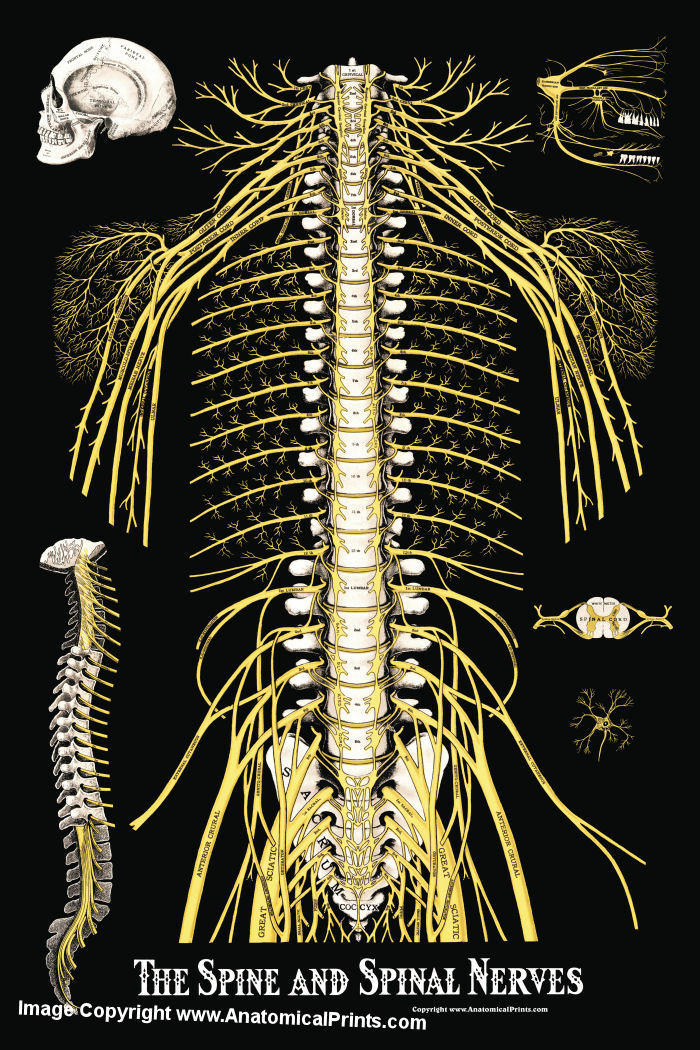

His research involves a successful strategic partnership with the Digital Design Studio, Glasgow School of Art. He is also involved with public engagement with the Glasgow Science Centre as a Meet the Expert, and was key to the anatomical input to the international exhibition BodyWorks, and was a member of its Advisory Committee. Paul has published in numerous journals and presented his work at many international conferences.

He sits on many university committees and is a member of the Dental School Liaison Group. He teaches across the medical, dental and science programmes. He is also one of the Licensed Teachers of Anatomy, appointed by St. He then returned to the University of Glasgow and was appointed as a University Teacher and subsequently Senior University Teacher. He returned to clinical practice in pathology receiving training in all areas of histopathology, including post-mortem analysis. His research won the Scottish Royal Medico-Chirurgical Society of Glasgow prize. He was then appointed as an Associate Lecturer in Anatomy at the University of Glasgow teaching medical, dental and science students.ĭuring his time as an Associate Lecturer in Anatomy, he was awarded a scholarship to undertake a part time MSc in craniofacial anatomy alongside his teaching duties. Paul Rea graduated in Medicine from the University of Glasgow and then went into clinical training in a wide range of hospital specialties.

Anatomy of the brain and neurological pathways dealt with as key facts and summary tables essential to clinical practice.It also highlights the typical pathologies and reasoning behind clinical findings to enable the reader to aid deduction of not only what is wrong with the patient, but where in the nervous system that the pathology is. Essential Clinical Anatomy of the Nervous System enables the reader to easily access the key features of the anatomy of the brain and main pathways which are relevant at the bedside or clinic. In addition, this book highlights the relevant clinical examinations to perform when examining a patient’s neurological system, to demonstrate pathology of a certain pathway or tract. Essential Clinical Anatomy of the Nervous System is designed to combine the salient points of anatomy with typical pathologies affecting each of the major pathways that are directly applicable in the clinical environment.


 0 kommentar(er)
0 kommentar(er)
